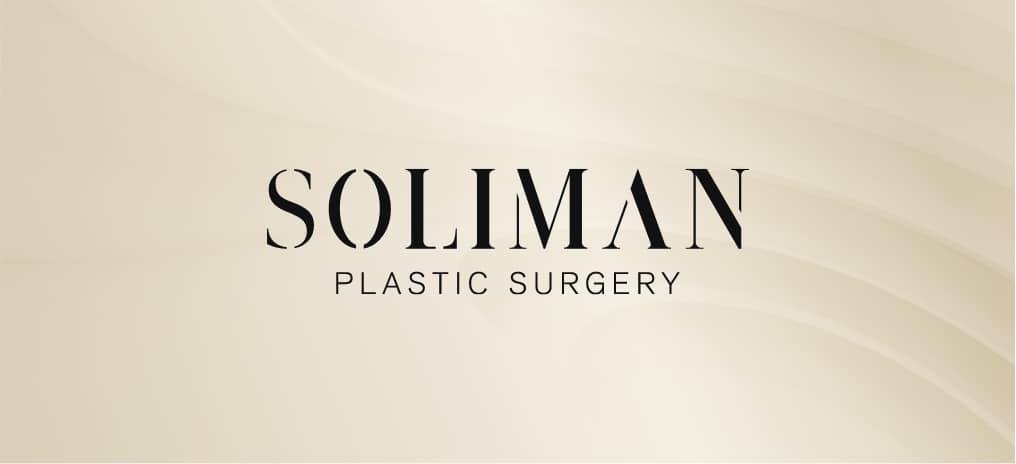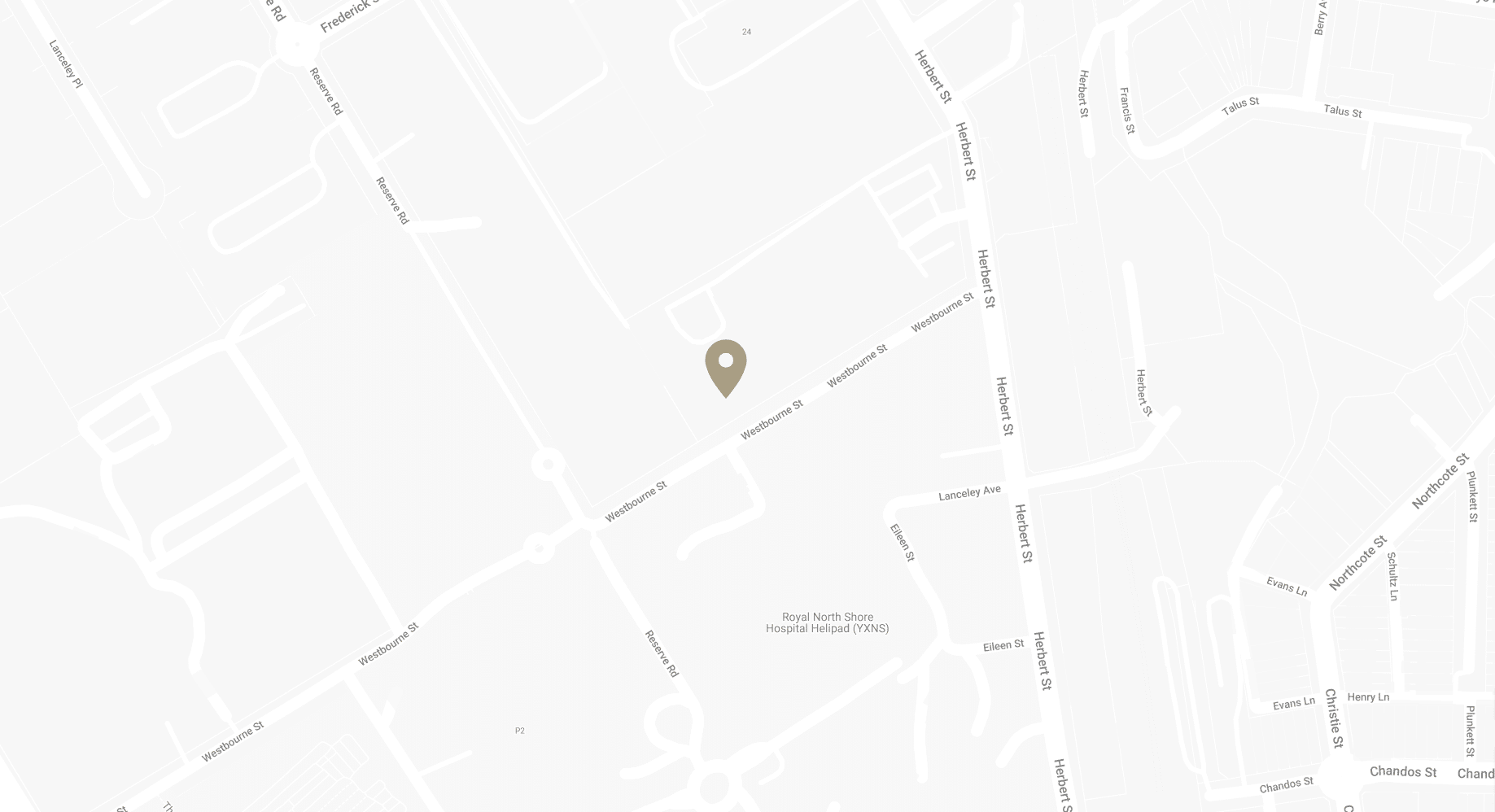Pros and Cons of Diastasis Recti Repair in Abdominoplasty
Abdominoplasty is a cosmetic surgical procedure that aims to alter the appearance of the abdomen by removing excess skin and fat. However, one aspect of the procedure that has sparked significant debate among plastic surgeons is abdominoplasty combined with the repair of diastasis recti, a condition characterised by the separation of the abdominal muscles. In this blog post, Sydney Specialist Plastic Surgeon Dr Bish Soliman will discuss the controversies surrounding diastasis recti repair and its role in abdominoplasty, offering valuable insights for patients considering this procedure.
Download Dr Bish Soliman’s Guide to Abdominoplasty Surgery

What Is Diastasis Recti?
Diastasis recti occurs when the rectus abdominis muscles, commonly known as the “six-pack” muscles, separate along the midline of the abdomen. This separation can be caused by a variety of factors, including pregnancy, significant weight fluctuations, and certain exercises that place excessive strain on the abdominal wall. While diastasis recti is not typically associated with pain or discomfort, it can result in a protruding belly and a weakened core, impacting both aesthetics and functionality.
The debate surrounding diastasis recti repair during abdominoplasty has been a topic of discussion among plastic surgeons in recent years. Traditionally, the repair of diastasis recti has been considered a standard component of the tummy tuck – abdominoplasty procedure. The primary rationale behind this approach is that by bringing the separated abdominal muscles back together, patients can achieve a flatter, more toned abdominal appearance and change their core strength. Proponents of diastasis recti repair argue that it enhances the overall aesthetic outcome of the procedure and provides functional benefits.
Dr Bish Soliman shares his perspective on the matter. He states, “In my experience, repairing diastasis recti can significantly improve the overall results of abdominoplasty. By restoring the integrity of the abdominal wall, we can achieve a more harmonious and aesthetically pleasing outcome for the patient.” Dr Soliman believes that the repair of separated muscles can create a more defined and contoured abdominal profile, leading to increased patient satisfaction.
Moreover, advocates of diastasis recti repair claim that it can improve core stability and function. When the abdominal muscles are separated, the core may become weakened, potentially leading to poor posture, back pain, and other functional issues. By bringing the muscles back together and strengthening the abdominal wall, proponents argue that patients can experience improved core strength and a reduced risk of future muscle separation and associated complications.
However, the necessity and effectiveness of routine diastasis recti repair have been questioned by some plastic surgeons, particularly in cases where the muscle separation is mild to moderate. These surgeons argue that the additional surgical time and complexity associated with muscle repair may increase the risk of complications, such as infection, seroma formation, and prolonged recovery. They suggest that the benefits of diastasis recti repair, especially in terms of long-term core strength and function, have not been conclusively demonstrated in scientific studies.
Opponents of routine diastasis recti repair emphasise that the procedure should be evaluated on a case-by-case basis, taking into account the individual patient’s specific circumstances. They argue that the extent of muscle separation, the patient’s overall health, and their specific goals should all be carefully considered when determining the most appropriate surgical approach. In some cases, they believe that the potential risks and added complexity of muscle repair may outweigh the benefits, particularly in patients with minor diastasis recti.
Dr Soliman acknowledges the differing opinions within the plastic surgery community. He mentions, “While I believe that diastasis recti repair can be beneficial in many cases, it’s important to evaluate each patient individually. The extent of the muscle separation, the patient’s overall health, and their specific goals should all be taken into consideration when determining the most appropriate surgical approach.” Dr Soliman emphasises the importance of open communication and personalised treatment planning to ensure the best possible outcomes for the patients.
The debate surrounding diastasis recti repair highlights the complex nature of abdominoplasty and the need for individualised patient care. While some surgeons advocate for the routine inclusion of muscle repair, others argue for a more selective approach based on the specific characteristics and goals of each patient. As the field of plastic surgery continues to evolve, ongoing research and clinical experience will likely shed more light on the long-term benefits and risks associated with diastasis recti repair.
Patient Considerations for Abdominoplasty
For patients considering abdominoplasty, it is important to have an open and honest discussion with your plastic surgeon about your specific concerns, goals, and expectations. Your surgeon will assess the extent of your diastasis recti and provide personalised recommendations based on your individual circumstances. Factors such as the severity of muscle separation, skin laxity, and overall health will be taken into account when determining the most suitable surgical approach.
Dr Soliman emphasises the importance of patient education and shared decision-making, stating, “I believe in empowering my patients with knowledge and helping them make informed choices about their care. During the consultation process, I take the time to thoroughly explain the options available, including the potential benefits and risks associated with diastasis recti repair. Together, we can develop a personalised treatment plan that aligns with their unique needs and desires.”
It is important to note that while diastasis recti repair may offer potential benefits, it is not a guaranteed solution for achieving a perfectly flat or toned abdomen. The final outcome of abdominoplasty is influenced by various factors, including skin quality, body composition, and adherence to post-operative instructions. Patients should have realistic expectations and understand that maintaining a healthy lifestyle, including a balanced diet and regular exercise, is crucial for long-term results.
Assessing the Need for Diastasis Recti Repair in Abdominoplasty
When deciding whether to perform diastasis recti repair during abdominoplasty, plastic surgeons consider several key factors to determine the most appropriate approach for each individual patient. These factors include:
- Extent of Muscle Separation: The severity of diastasis recti is a crucial consideration. Dr Soliman assesses the width and length of the muscle separation to determine its significance. In cases of severe diastasis recti, where the separation is wide and extends along a significant portion of the abdominal wall, repair is more likely to be recommended.
- Patient’s Aesthetic Goals: The patient’s desired outcome and aesthetic goals play a role in the decision-making process. Some patients may prioritise a flatter, more toned abdominal appearance, while others may be primarily concerned with removing excess skin and fat.
- Functional Concerns: Dr Soliman also considers the potential functional benefits of diastasis recti repair. In some cases, a separated abdominal wall can lead to core weakness, back pain, and poor posture. Dr Soliman explains, “If a patient experiences functional issues related to diastasis recti, such as difficulty with certain movements or chronic discomfort, repairing the muscles may provide relief and improve overall core strength and stability.”
- Patient’s Overall Health: The patient’s general health status and any pre-existing medical conditions are important factors in determining the safety and appropriateness of diastasis recti repair
- Surgical Complexity and Recovery: The additional surgical time and complexity associated with diastasis recti repair are considered when making the decision. Dr Soliman assesses the patient’s ability to tolerate a longer surgical procedure and the potential impact on recovery time.
- Evidence-Based Approach: Dr Soliman also relies on scientific evidence and their clinical experience when deciding whether to perform diastasis recti repair. He stays updated with the latest research findings and techniques to ensure that his decisions are based on sound medical principles.
Advancements in Surgical Techniques
As the field of plastic surgery continues to evolve, new techniques and approaches are being developed to address diastasis recti and improve abdominoplasty outcomes. One such advancement is the use of minimally invasive techniques, such as endoscopic surgery, which allows for the repair of diastasis recti through smaller incisions, potentially reducing scarring and recovery time.
If you are considering abdominoplasty and would like to learn more about diastasis recti repair, you can schedule a consultation with Dr Bish Soliman at our Sydney practice. During your visit, Dr Soliman will carefully assess your individual needs, discuss your options, and develop a personalised treatment plan that aligns with your goals and expectations.
FAQs about Abdominoplasty with Diastasis Recti Repair
Can diastasis recti repair be performed without undergoing a full tummy tuck – abdominoplasty?
- In some cases, diastasis recti repair can be performed as a standalone procedure, especially if there is minimal excess skin and fat. However, if there is significant skin laxity or excess fat, a full tummy tuck – abdominoplasty may be recommended to achieve the best aesthetic results.
Is diastasis recti repair covered by health insurance?
- Diastasis recti repair is often considered a cosmetic procedure and may not be covered by health insurance. However, if the condition causes significant functional issues or is related to a medical condition, insurance coverage may be possible. It’s best to consult with your plastic surgeon and insurance provider to determine your specific coverage.
How long does it take to recover from diastasis recti repair during abdominoplasty?
- Recovery time after diastasis recti repair with abdominoplasty varies from patient to patient. Generally, patients can expect to take around 2-4 weeks off work and avoid strenuous activities for 6-8 weeks. Dr Bish Soliman will provide you with specific post-operative instructions and guidance based on your individual case.
Are there any non-surgical alternatives to diastasis recti repair?
- While non-surgical treatments such as exercise programs, physical therapy, and abdominal binders may help improve the appearance and function of mild diastasis recti, they are not as effective as surgical repair for more severe cases. It’s important to consult with a qualified plastic surgeon to determine the best approach for your specific situation.
Can diastasis recti recur after surgical repair?
- While diastasis recti repair during abdominoplasty is generally successful in correcting the condition, there is a possibility of recurrence, especially if the patient experiences significant weight fluctuations, becomes pregnant, or engages in activities that put excessive strain on the abdominal muscles. Maintaining a stable weight, practicing proper exercise techniques, and following your surgeon’s post-operative instructions can help minimise the risk of recurrence.
Further Reading about Abdominoplasty with Sydney Specialist Plastic Surgeon Dr Bish Soliman
- Read Dr Bish Soliman’s Blog about Medicare Coverage for Post Pregnancy Procedures
- Read Dr Bish Soliman’s Blog about Medicare for Abdominoplasty
- Read Dr Bish Soliman’s Blog about Do You Have Split Tummy Muscles?
- Read Dr Bish Soliman’s Blog about Pregnancy after Abdominoplasty Surgery
- Read Dr Bish Soliman’s Blog about Can I Have a Hernia Repair with Tummy Tuck (Abdominoplasty)?
Medical References about Abdominoplasty with Diastasis Recti Repair
- Endoscopic Lipoabdominoplasty
- Assessment of videoendoscopy-assisted abdominoplasty for diastasis recti patients
- Endoscopic abdominoplasty with repair of diastasis recti and abdominal wall hernia
- Do Abdominal Binders Prevent Seroma Formation and Recurrent Diastasis Following Abdominoplasty
- Comparative analysis of the efficacy and functionality of abdominoplasty versus minimally invasive techniques in the surgical treatment of diastasis rectus abdominis in postpartum women



